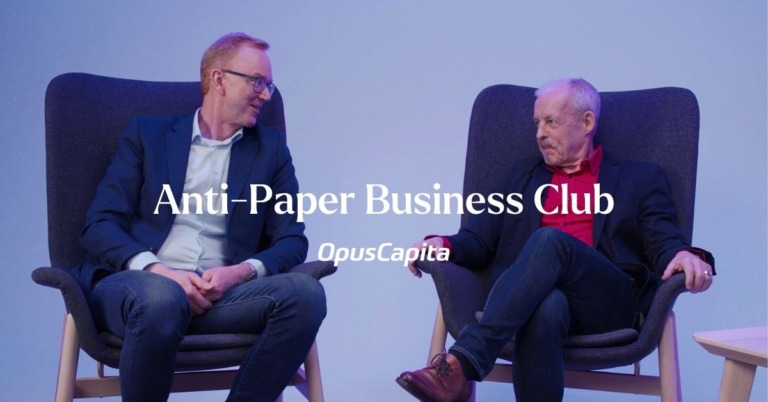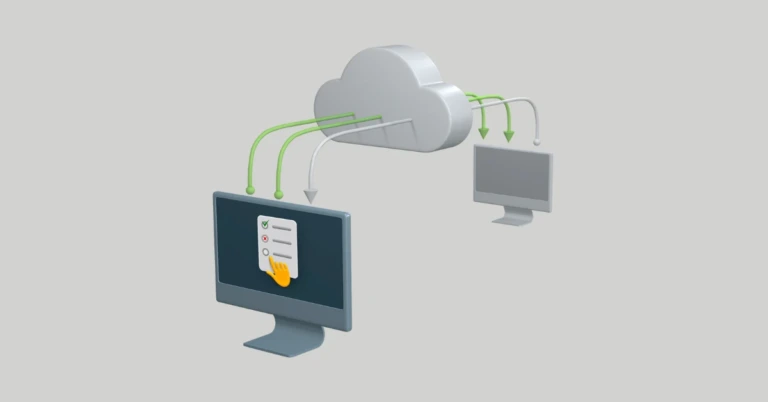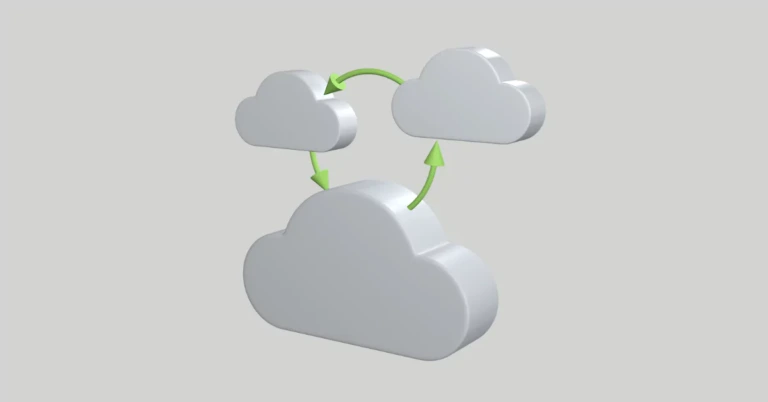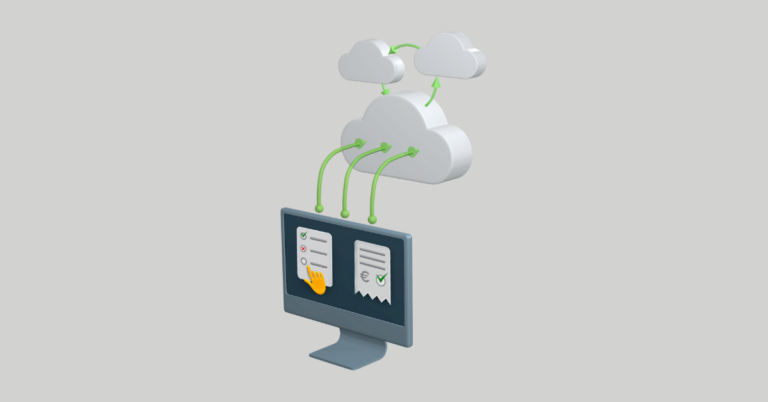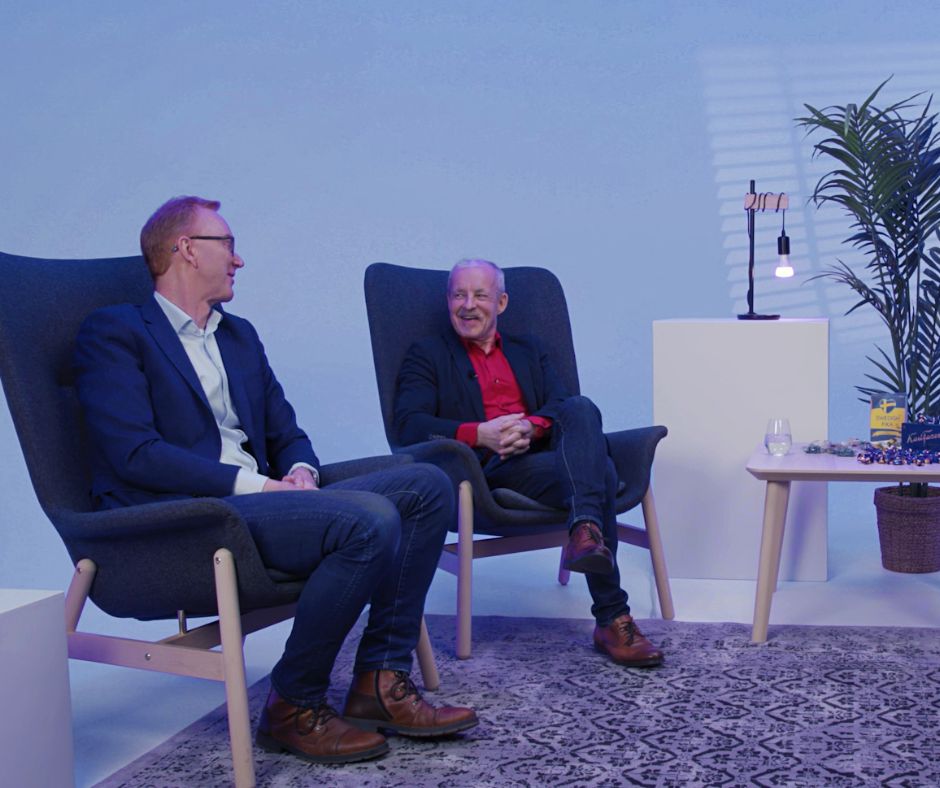
Peppol orders in the Nordics
18.04.2023
Anti-Paper Business Club
Peppol orders, that is e-orders by the Peppol BIS Ordering specification, are slowly getting more and more known – and used – both in B2G and B2B trade. This, however, varies heavily by country and industry, and there is massive unused potential in profiting from the standard way of handling the full purchase-to-pay and order-to-cash processes. We asked two representatives of Peppol authorities about the current use of Peppol orders, and how they see them spread in the future.
This is Part 2 of the interview with Peppol authority representatives Keijo Kettunen from the State Treasury, Finland, and Anderz Petersson from Digg (Agency for Digital Government), Sweden, focusing on Peppol orders. Part 1 focused more on Peppol invoices and you can find it here.
This article and the video subtitles are also available in Finnish and in Swedish.
Video: Keijo Kettunen and Anderz Petersson interviewed by Hanna Backman from OpusCapita.
The video embed may not show correctly if you’ve denied cookies. You can also watch it in YouTube.
Where Peppol orders may still be somewhat unknown, Peppol in general has been gaining ground in the Nordics, slowly but surely. “It’s a fantastic thing that all the Scandinavian countries now have their own Peppol authorities because this is about collaboration,” says Petersson. The Peppol standard and Peppol open network are already somewhat known, at least for the invoice. But now it’s high time to expand the use to the Peppol order, and other message types, as well.
“Industries have had their own procurement messages for years.”
OpenPeppol statistics show that the majority of organizations that use Peppol, use it for exchanging invoices, and the share of Peppol orders is still quite low, even internationally. This is despite the fact that Peppol orders come with massive benefits for both the suppliers and the buyers. So what’s stopping organizations from embracing it?
Peppol orders to match the invoices
Evidently, the main goal of digitalizing the purchase-to-pay or order-to-cash processes is efficiency and accuracy – enabling automation to remove the hassle. That means getting all the exchanged business documents to be interlinkable. “We need the invoice to match the order, so they are both important things here to establish,” Petersson emphasizes. And Peppol orders, together with invoices, is a great way of doing that, as Peppol is both electronic and standardized, making it efficient in multiple ways.
Petersson continues: “The earlier-mentioned SFTI, a collaboration in Sweden between different public institutions, makes recommendations on formats when it comes to the tendering and order process. Today, we only recommend Peppol through the whole line.” Essentially, starting the process from Peppol orders – or tenders, but after that the orders – and then exchanging all the rest of the supply chain documents, all the way to the invoice, via Peppol.
From B2G to B2B ordering
Even though Peppol orders have started from B2G transactions, similarly to invoices, they’re gaining ground within the private B2B sector, as well. “The public sector has a lot of interest in the suppliers. One way of collaboration is for the authorities to support the suppliers around Peppol formats, answering questions, organizing training, and publishing guidelines,” Petersson mentions. After that, it’s for the private sector, though, the B2B buyers and suppliers, to discover the benefits of Peppol ordering and to start profiting from it.
“At least in Finland, awareness on Peppol messages and e-orders is quite low,” says Kettunen, and continues: “We have to take into account also that many industries have had their own procurement messages for years already, and they have been working quite well. So moving on to Peppol orders takes time.” The change will happen gradually, but it is in the interests of the authorities to increase the adoption of Peppol orders as quickly as it is possible – and rational also.
“Today, we only recommend Peppol through the whole line.”
What Peppol authorities are here after, indeed, is a full transformation of the end-to-end process, both in the private sector and the public sector. “Another way to support this in SFTI has been to put together groups of representatives from the public sector, service providers, and suppliers, to work together on the transformation to Peppol, for example, Peppol order and Peppol catalog,” says Petersson. This work has not been an easy one, but it has been very fruitful. “And once you’ve done it successfully, these suppliers, as mentioned earlier, have customers in various areas and various countries. So that’s one way to have more collaboration around this transformation, or formats or solutions.”

Go hassle-free
Supply chain message exchange via Peppol, EDI, manual key-in – whatever format and connection you need.
Learn more!
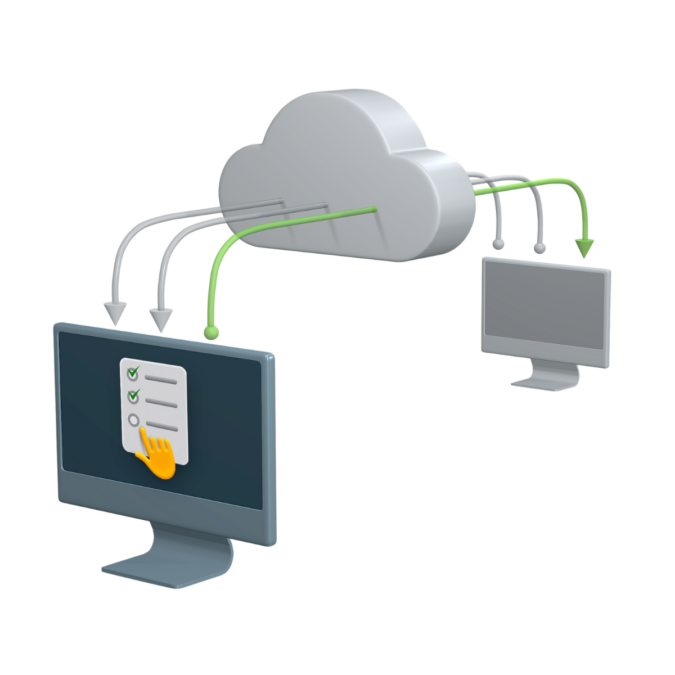
Peppol order maturity varies by industry and supplier
There are also big differences on the use of Peppol orders, or the readiness to start using them, between different industries especially within the private sector. “To give some examples, retail is a high-moving daily goods industry with a process to handle a high volume of orders. But when it comes to manufacturing, they need especially just-in-time order and delivery, and the construction industry requires accurate timing, place and exact product information. So also the needs are quite different depending on the industry,” Kettunen states. What is common for all these industries, however, is the need to handle high numbers of orders, deliveries, and invoices, and there’s simply no time for hassle.
Petersson continues: “When it comes to going from a current ordering process to Peppol orders, the supplier can find it easier if the customer places the order at the supplier’s website or the like, because that way, the supplier will have all the data in their own place. But what we’re after instead is standardized, structured ordering that doesn’t happen only at the supplier’s side.” That is to say, any message exchange, Peppol orders included, allows B2B customers to place orders in their own ERP, and the order is then automatically sent to the supplier’s ERP via Peppol.
“A supplier may be used to selling via its own e-commerce portal only, and now this means selling, for example, via a catalogue in Peppol,” Petersson continues. What that means for the supplier is evidently a different way to handle the data.
“The customers can also keep track of a lot more from their own ordering process if they have structured data.”
But what’s more, is the buy-side should also be aware of the shift. Peppol orders allow also the buyer to keep track of a lot of more purchasing data related to their own ordering process. “This can be achieved with structured data of any format, but here for example, we believe in Peppol,” Petersson concludes.
This is beneficial for both the supplier and the buyer. Where today, the data is often owned by the supplier, Peppol orders allow both the buyer and the supplier to own their own data – they just exchange it via Peppol. And essentially, having all that purchasing or fulfillment data opens up immersive possibilities for further data analysis and process optimization.
Common Nordic interest in Peppol orders
Today, there are governmental initiatives in the Nordics not only for the use of e-invoices but also for Peppol orders, or e-orders in general. One of these initiatives is the Nordic Smart Government and Business (NSG&B).
“We have a common interest in the Nordic countries to implement Peppol messages and in the Nordic Smart Government, we have already done proof of concepts on sending messages between Nordic countries,” Kettunen explains. “So these initiatives will definitely affect, for example, the use of Peppol orders.”
“The Nordic Smart Government has an impact already,” Petersson agrees, and the impact is largely created by spreading the knowledge in parallel with the proof of concepts to show that it really works. “And we already know that it works.”
There is a learning curve, though. “When we bring new participants into the testing, they have to often make adjustments in their solutions. That requires some time always and I think it is about going into it again and again and seeing the benefits of it.”
The future of Peppol orders
The framework, and the infrastructure, for fully using Peppol is already in place. There are also plenty of service providers readily connected to a Peppol authority. “Now, it’s about getting more suppliers and buyers to actually also use it,” Petersson remarks.
And undeniably, Peppol comes with numerous benefits. Its standard structure makes it efficient to use and fast to implement. It also ensures compliance to laws and format requirements – now, and in the future. Further, message exchange via the open Peppol network provides security and transparency to your processes. “That is out there, so you can read and understand it depending on who you are as a user,” Petersson encourages.
The future brings even more initiatives that evidently share the same goal – creating a digital, smooth, efficient end-to-end supply chain.
One of these new initiatives is Peppol Logistics. Kettunen remarks: “It’s extensive work, it takes at least one year. And by participating from the beginning, we can also influence the results.” DIGG has been involved in the project by supporting the BEAst, the electronic standard used in the Swedish construction industry. “There we have two huge areas, construction, and energy, and it will be interesting to see how that plays out in the real world.”
“It’s very important that we succeed.”
The second notable initiative in Finland is the Real Time Economy project decision, mentioned in Part 1, on the governmental offices in Finland starting to demand Peppol orders and other supply chain messages in all B2G trade in the future.
Third, the new VAT directive by the EU Commission is likely to make an impact. It will make B2B e-invoicing mandatory between companies within the entire European Union. Petersson praises this: “When e-invoicing gets on that level, you will be able to see through your whole process. That also supports the ordering because you see that you handle things differently.”
Essentially, the question here is not if these initiatives will fly. It’s when they will fly. Whether or not ordering eventually becomes regulated in the future, like invoicing is today, the shared goal here is to digitalize the end-to-end process, or, in other words, tie the invoice to the order. This unlocks incredible potential in the form of transparency, accuracy, efficiency – and enabling automation.
Do you have questions either to OpusCapita or our interviewees? Send them here and we’ll get back to you straight away.
You can watch Part 1 of this interview, focusing on Peppol invoices, here. Also, our Anti-Paper Business Club continues soon with the next episodes, the next guests, and the next topics. Make sure don’t miss them; subscribe to our newsletter and we’ll keep you updated!
About the interviewees

Anderz Petersson works as an e-commerce specialist for public sector in Sweden, with a focus on e-invoicing and e-commerce, at Digg (Agency for Digital Government). Digg is a Swedish authority that drives the digitalization of public administration, looks after the digital infrastructure, and analyses digitalization in Sweden. In addition, the agency is the Swedish Peppol authority.

Keijo Kettunen works as a Project Leader at the State Treasury of Finland, an agency under the Ministry of Finance in charge of government loans, cash management and accounting, as well as providing internal corporate services for central government finances. Kettunen’s project, Real Time Economy for companies, promotes the use of e-invoicing and Peppol-based procurement messages, and it has started the Peppol authority function in Finland.

